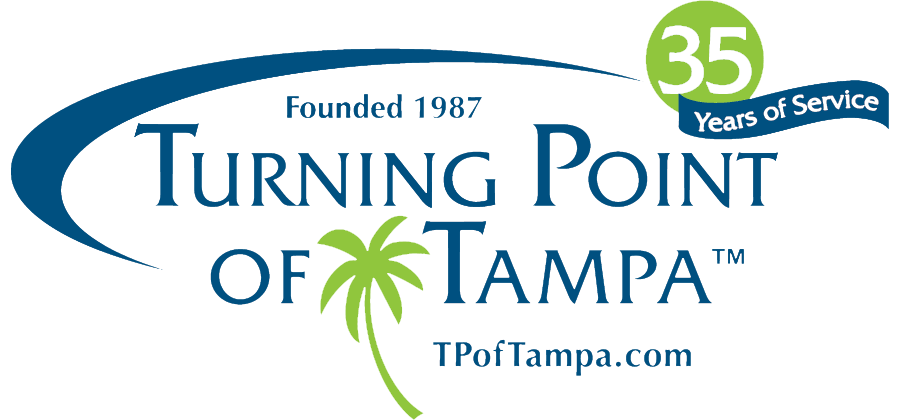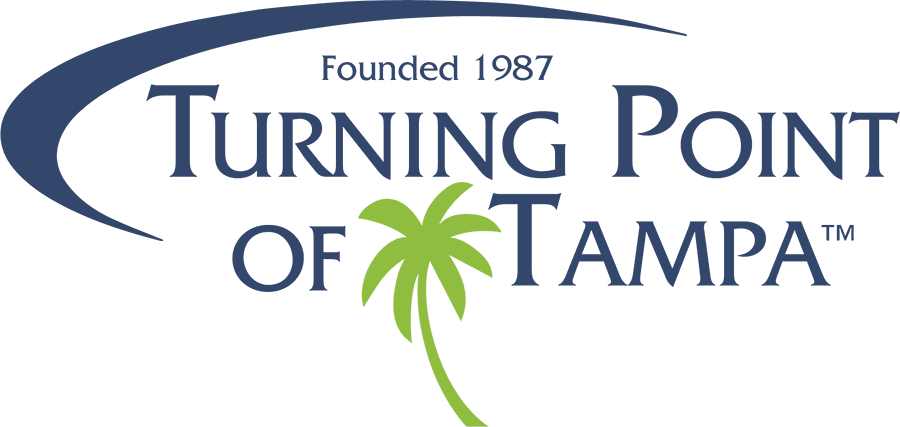Introducing The Diagnostic And Statistical Manual Of Mental Disorders
You may have heard mental health professionals or other people involved in medicine or mental health casually referring to “The DSM” or “The DSM-5.” What they are referring to is the Diagnostic and Statistical Manual of Mental Disorders, and if they are saying “the DSM-5,” specifically the fifth edition of the manual.
The DSM-5, published by the American Psychiatric Association, is found in nearly every mental health professional’s office, and if there isn’t one handy in your counselor, therapist, or psychiatrist’s study, you might think twice about giving them your repeat business. But what is the DSM-5? Who are the American Psychiatric Association members? What do mental health professionals use the DSM-5 for? And what do you, as an informed patient, need to understand about this manual of mental disorders to have a say in your own care? This article will answer some frequently asked questions about the DSM-5.
Where Did The DSM-V Come From?
The DSM-5 is merely the latest edition of the Diagnostic and Statistical Manual of Mental Disorders, which has been published by the American Psychiatric Association since 1952. Some have described the Diagnostic and Statistical Manual of Mental Disorders as the most important book written in the 20th century, lauding its impact on the treatment guidelines and best practices used to treat mental health conditions. Its origins stem from the 1800s, when practitioners of the still-nascent field of mental health began attempting to gather information on the prevalence of mental health conditions.
At the time, they did not have terms like “depressive disorders” or even the later-stigmatized “mental retardation” to describe the people they sought to catalogue; they were seeking to record the incidence of “idiocy and insanity.” The development of the DSM-5 would include its own battles over terminology years later.
Where Did the APA Begin?
Other mental health terminology gradually emerged to describe mental disorders like depression (then known as melancholia), alcoholism (called dipsomania), and bipolar and related disorders (categorized as mania). Mental health professionals determined there was a need to standardize their understanding of these ailments across their field, to take the guesswork and folk terminology out of diagnosing mental disorders.
In 1921, an organization that had previously been known as [the American Medico–Psychological Association changed its name to the American Psychiatric Association. They then released ][The][ ]American Medical Association’s Standard Classified Nomenclature of Disease, a predecessor of the DSM-5 that was used to diagnose mental disorders in patients in this early era. The American Psychiatric Association continues to be the largest professional organization of its kind, and publishes the DSM-5 to this day.
The First Diagnostic and Statistical Manual
The World Health Organization had a hand in the creation of the first DSM. They sparked the idea by publishing a 6th edition of the [International Classification of Diseases, or ICD, and including categories for psychotic disorders as well as for what we now understand to be personality disorders.]
The American Psychiatric Association published their own manual of mental disorders, the DSM-I, shortly thereafter in 1952, with the support of the World Health Organization. This was the first attempt to catalogue every mental disorder for clinical use, although previous books had compiled different psychiatric and personality disorders for scholarly purposes.
The DSM-II: Changes Begin
It took 16 years for the second edition of the Diagnostic and Statistical Manual of Mental Disorders to be published. It still took its basis in psychoanalytic theory, but made some important changes, including how it treated conduct disorders.
The DSM-II was the first time that conduct disorder was recognized as a mental disorder, and included three subgroups, for runaway reactions, unsocialized aggressive reactions, and group delinquent reactions.
The diagnostic criteria were essentially written to capture a range of behaviors that psychiatrists found undesirable in young people. This critique has persisted as other mental health disorders, including disruptive mood dysregulation disorder and autism spectrum disorder, have been criticized as being overly broad and descriptive rather than diagnostic.
[In general, subsequent editions of the DSM have made changes to be more sensitive to the needs of people with mental health disorders and remove terminology that labels and stigmatizes mental health disorders, but critiques like these have persisted all the way up to the DSM-5.]
[The DSM-III: The Dawn of Modern Diagnosis]
The third DSM, released in 1980, represented a great leap forward for psychiatric diagnosis and for general understanding of mental disorders.
Where the DSM-II frequently provided suggestions about the psychological factors behind mental disorders, the DSM-III fell back from speculating on causes, a move that distanced the American Psychiatric Association from the psychodynamic school of thought pioneered by Freud. Instead, the DSM-III focused on diagnostic criteria, so that diagnoses could be more reliably made by different mental health workers and professional medical advice could be standardized.
The DSM-III took heavily from a series of papers published by Dr. John Feighner, who outlined diagnostic criteria for depressive disorders, psychotic disorders, anxiety disorders, and even some personality disorders. Doctors began using these to separate disorders from one another. The biological psychiatry era started with the DSM-III, as it introduced the standard of diagnostic reliability that would become essential to this mode of practice.
The use of assessment measures to classify mental disorders and distinguish between mental disorders and other medical conditions emerged from this shift. But the DSM-III’s emphasis on rigidly constructed diagnostic categories would be challenged during the revision process for the DSM-5 years later.
[The DSM-IV: Continued Growth]
The DSM-IV was published in 1994 and continued the trajectory established by the previous edition. Working groups from the American Psychiatric Association publishing department wanted to create objective standards in the DSM-IV to determine whether a criteria needed to be modified. The authors of the DSM-IV also worked to make sure they were in sync with the 10th edition of the International Classification of Diseases as published by the World Health Organization. The DSM-IV was mostly uncontroversial, although it retained homophobic attitudes from previous editions.
The DSM-V: A New (Old) Direction
While the DSM-III had been a reaction against the overly theoretical nature of previous editions, striving to reduce mental health disorders to scientifically defined categories, and the DSM-IV had continued in that mold, the DSM-5 was a slingshot back in the other direction. The increased scientific jargon of the DSM-III and DSM-IV had been useful for elevating the prestige of mental health professionals and the profile of the American Psychiatric Association. But people throughout the field, including powerful doctors from the National Institute on Health, were beginning to feel that a mental disorder was not as easily categorized as once thought, and should instead be looked at in a more holistic and overlapping sense. They wanted the fifth edition to incorporate these themes.
Researchers from the American Psychiatric Association who worked on the DSM-5 were interested in showing that mental disorders were dimensional and existed on a continuum. There was a considerable controversy, as many patients and clinicians had come to depend on the DSM-IV criteria to get care for their mental disorders or compensation for their work and did not want the DSM-5 to derail that. They saw the American Psychiatric Association as needlessly complicating things in the fifth edition by introducing its more subjective standards to the DSM-5. The DSM-5’s creation was thus a long and hotly debated process, lasting from 2000 to 2013.
How Do Mental Health Professionals Use the DSM-V?

Now that we’ve looked at the history of the DSM-5, the “psychiatry’s bible,” let’s examine the way it’s used by clinicians to evaluate mental disorders. The process by which doctors use the DSM-5 to diagnose a mental health condition is complicated, but it’s easy enough to understand if you break it down. The process begins with what’s known as differential diagnosis.
What is Differential Diagnosis?
Differential diagnosis is the process by which any doctor creates a range of explanations for a patient’s symptoms and rules them out one by one to arrive at the most likely explanation.
In other words, they differentiate between different diagnoses, to find the one that is most likely to fit. In the context of the DSM-5, this means telling the difference between neurocognitive disorders, sexual dysfunctions, intellectual impairment, substance use disorders, impulse control disorders-the list goes on.
Most disorders can easily be mistaken for others if you aren’t careful about the criteria. With so many options to choose from in the DSM-5 classification system, it’s important that clinicians have a standardized process to follow to reach a diagnosis. The American Psychiatric Association, the National Institute of Health, and the World Health Organization have all issued directives on the process. The following are the steps taken in differential diagnosis using the DSM-5.
Step 1: Ruling Out Malingering and Factitious Disorder
It is an unfortunate fact of life that people lie and mislead doctors about their illnesses. There can be many reasons, like avoiding jail or prison, obtaining drugs, or getting an insurance settlement that one is not actually owed. For this reason, the first step in DSM-5 differential diagnosis is for a clinician to rule out malingering, i.e. a person intentionally faking a mental illness, an intellectual disability, or a somatic symptom for their personal gain.
FACTITIOUS DISORDER
But there are others that fake illnesses without seeking material benefit; these people would receive a clinical diagnosis of factitious disorder and they fake illnesses because of a psychological need to receive attention for their illness. Factitious disorder is included in the DSM-5 and is also known as Munchausen syndrome. People can also impose factitious disorder on another person, in what is known in the DSM-5 as factitious disorder by proxy; this is seen when children are forced to fake medical conditions by their parents. It is important for clinicians to ensure that a person’s symptoms are real by checking them against the criteria in the DSM-5 before moving on to the next step of differential diagnosis in order to rule out these two explanations, which are both rare but pose a risk of harm to the patient if misdiagnosed.
Step 2: Rule Out Substance Etiology
“Etiology” refers to the cause of an illness. The second step in differential diagnosis is noted in every diagnosis in the DSM-5, as they all state that the symptoms must not be due to the effects of a substance. Substance use or withdrawal can share many DSM-5 symptoms with mental health disorders.
People withdrawing from cocaine or heroin usually show a depressed mood, but they would not fit DSM-5 criteria for major depressive disorder unless they experience this mood without the influence of the substance. Similarly, people with stimulant addictive disorders may fit DSM-5 criteria for sleep disorders or psychotic disorders, bipolar or otherwise, since they stay up for days at a time, but unless those symptoms persist when they put the drugs down, they would not be diagnosed as insomniac or as having bipolar disorder. People withdrawing from drugs also experience body pain that may mimic DSM-5 criteria somatoform disorders. It is important that doctors rule out substance use disorders before diagnosing other mental disorders.
Step 3: Rule Out a Disorder Due to a General Medical Condition
The next step in conducting differential diagnosis with the DSM-5 is to rule out a general medical condition, i.e. something outside the treatment scope of psychiatry. Usually psychiatrists will ask other doctors to check out a patient for medical conditions beforehand. If a patient’s mental health symptoms only emerged following the development of a general medical condition, like a brain tumor, it would be improper to diagnose them with neurodevelopmental disorders, an intellectual developmental disorder, bipolar disorder, anxiety disorders, or dissociative disorders, even if they fit the DSM-5 criteria for those conditions.
Step 4: Determine the Specific Primary Disorder
This is the step in which a clinician relies most heavily on the DSM-5 to make a clinical diagnosis. The DSM-5 includes 66 diagnostic tables, with related disorders feeding into larger categories, and 29 flow charts of symptoms that clinicians use when making a diagnosis. These are known as “decisions trees” and are invaluable in helping doctors sort through the range of possibilities for making a diagnosis in the DSM-5. Doctors will consider each potential possibility and consult the decision tree to eliminate the ones that don’t align with DSM-5 criteria.
EXAMPLES OF DIFFERENTIAL DIAGNOSIS IN DSM-v
A clinician might have to decide if a person who refused to empty their refrigerator was suffering from binge eating disorder or other eating disorders, hoarding disorder, or body dysmorphic disorder. They may use the DSM-5 to determine if a widow who has been in a depressed mood and tearing at her hair has prolonged grief disorder, or trichotillomania, better known as hair pulling disorder. They may have to distinguish between bipolar disorder, anxiety disorders, personality disorders, or one of the neurodevelopmental disorders that can mimic their symptoms as listed in the DSM-5.
Step 5: Differentiate Adjustment Disorders From the Residual Other or Unspecified Disorders
When a client’s symptoms don’t fit cleanly into a category in the DSM-5, clinicians must decide if the symptoms constitute an adjustment disorder, which is an overreactive response to a life event (like a divorce). If not, the symptoms may be categorized as “unspecified” in the DSM-5 framework.
Step 6: Establish Boundary With No Mental Health Disorders
At this point, doctors ask themselves whether the mental health symptoms in question are enough to add up to one of the DSM-5’s mental disorders. The DSM-5 will specify how many symptoms from each symptom group a person must be experiencing, and how long they must have been recurring. But it will often also specify that the symptoms must be negatively affecting the person’s life Often the standard they use requires significant impairment to the subject’s life and functioning.
The significant impairment standard
Most disorders in the DSM-5 include language stating that the subject must suffer some kind of impairment, including paraphilic disorders. In that example, a person who has a sexual fetish for a strange object would not be considered to suffer from a mental illness under DSM-5 criteria unless that fetish significantly impaired their life. Similarly, a doctor seeing a person with poor impulse control might use DSM-5 assessment measures to see if that impulsivity impaired their life to the point of being a mental disorder.
What Do Clinicians Do After a Diagnosis?
While the DSM-5 may seem like the only book a clinician would need, it is useful mostly for its primary purpose: to classify mental disorders. It does not provide treatment recommendations for therapy or for medication. Doctors must use their clinical knowledge to seek out evidence-based practices with a confirmed track record of success in treating the symptoms their patients present with. The National Institute of Health commissions studies frequently to determine the best treatment protocols for different mental disorders and publishes their findings.
DSM 5 Criteria for Addiction
Criteria Type
Descriptions
Impaired control over substance use
(DSM-5 criteria 1 to 4)
- Consuming the substance in larger amounts and for a longer amount of time than intended.
- Persistent desire to cut down or regulate use. The individual may have unsuccessfully attempted to stop in the past.
- Spending a great deal of time obtaining, using, or recovering from the effects of substance use.
- Experiencing craving, a pressing desire to use the substance.
Social impairment
(DSM-5 criteria 5 to 7)
- Substance use impairs ability to fulfill major obligations at work, school, or home.
- Continued use of the substance despite it causing significant social or interpersonal problems.
- Reduction or discontinuation of recreational, social, or occupational activities because of substance use.
Risky use
(DSM-5 criteria 8 and 9)
- Recurrent substance use in physically unsafe environments.
- Persistent substance use despite knowledge that it may cause or exacerbate physical or psychological problems.
- Recurrent substance use in physically unsafe environments.
- Persistent substance use despite knowledge that it may cause or exacerbate physical or psychological problems.
- Tolerance: Individual requires increasingly higher doses of the substance to achieve the desired effect, or the usual dose has a reduced effect; individuals may build tolerance to specific symptoms at different rates.
- Withdrawal: A collection of signs and symptoms that occurs when blood and tissue levels of the substance decrease. Individuals are likely to seek the substance to relieve symptoms. No documented withdrawal symptoms from hallucinogens, PCP, or inhalants.
- Note: Individuals can have an SUD with prescription medications, so tolerance and withdrawal (criteria 10 and 11) in the context of appropriate medical treatment do not count as criteria for an SUD.
Is addiction a mental illness DSM-5?
No. The substance use disorder in DSM-5 combines the DSM-IV categories of substance abuse and substance dependence into a single disorder measured on a continuum from mild to severe.
DSM 5 Definition of Mental Disorder
According to the National Library of Medicine, the DSM-5 definition of mental disorder is defined as: A mental disorder is a syndrome characterized by clinically significant disturbance in an individual’s cognition, emotion regulation, or behavior that reflects a dysfunction in the psychological, biological, or development processes underlying mental functioning.
The definition of mental illness DSM-5 is synonymous with mental disorder.
How Can Patients Can Use The DSM-5?
Now that you understand how your doctor uses the DSM-5, you can use it to educate yourself on the diagnostic process and make sure you have a firm grasp on your diagnosis. Although the DSM-5 doesn’t recommend treatments, it can be useful for you to return to as you progress through treatment, to see what symptoms are persisting and which are beginning to lesson. There are DSM-5 TR free downloads on the internet with fact sheets available when you search.
Taking ownership of your mental health is an important step toward achieving your goals. If substance use disorders are part of your challenge, Turning Point of Tampa has certified professionals who can assist you with evidence-based practices for overcoming your addictive disorders and living life sober. If you are a dual-diagnosis client, Turning Point of Tampa is equipped to help you address both elements of your mental health journey. Turning Point of Tampa also offers treatment for eating disorders. Contact TPOT at 813-592-3891 to learn more today.
Reference:
https://www.ncbi.nlm.nih.gov/books/NBK565474/table/nycgsubuse.tab9/


